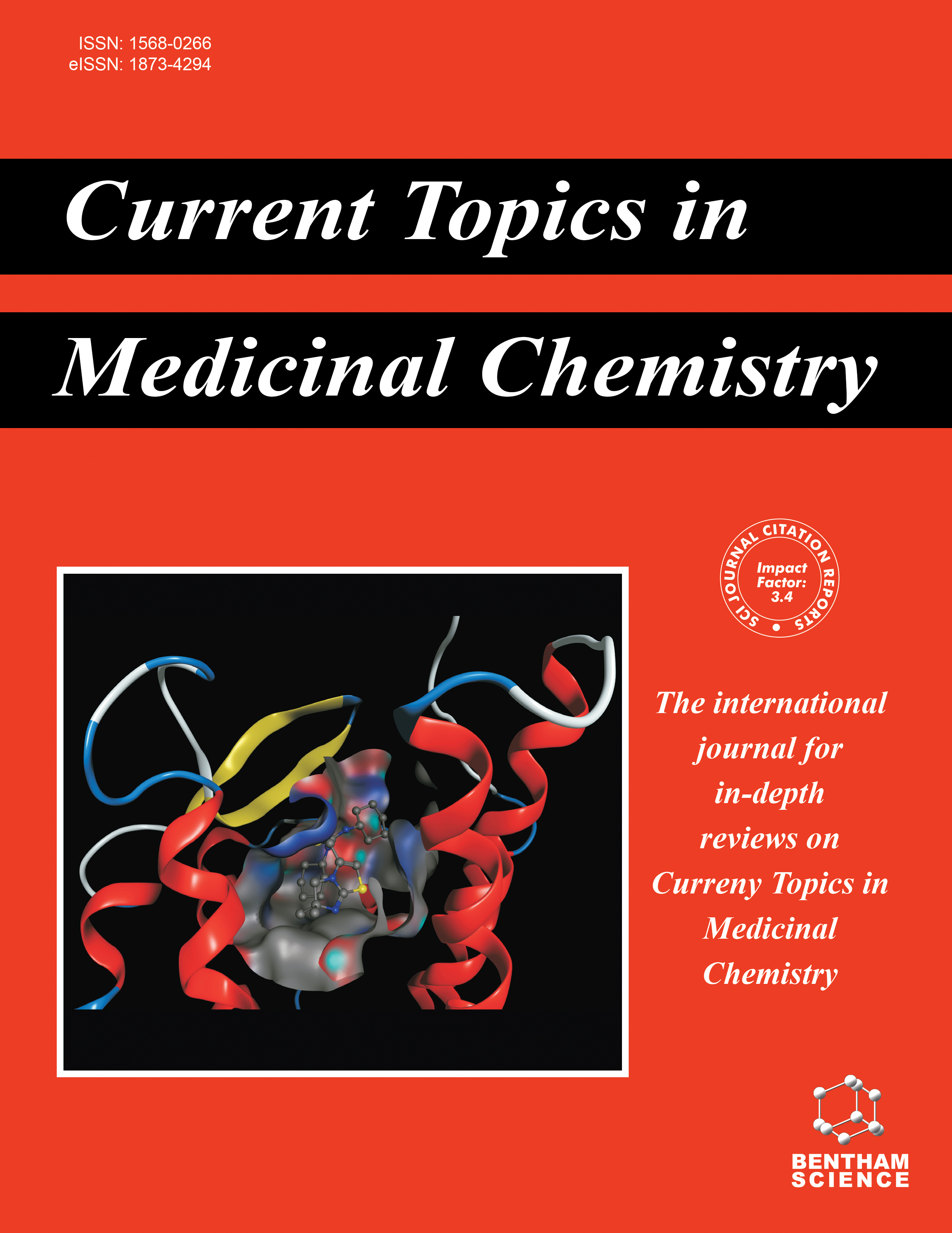-
s Telomere G-Quadruplex as a Potential Target to Accelerate Telomere Shortening by Expanding the Incomplete End-Replication of Telomere DNA
- Source: Current Topics in Medicinal Chemistry, Volume 15, Issue 19, Oct 2015, p. 1940 - 1946
-
- 01 Oct 2015
Abstract
Chromosomes in human cells are protected by telomeres. Telomere shortens during each round of cell division because of the DNA end-replication problem. Cancer cells maintain telomere length homeostasis by either telomerase or/and the alternative lengthening of telomere (ALT) mechanism to sustain their division potential. Telomeric DNA tends to form G-quadruplex preferentially at the extreme 3’ end. This unique feature prevents the 3’ end from being used as a substrate of telomerase and as a primer in the ALT. Therefore, stabilizing telomere G-quadruplex is expected to inhibit both pathways and limit the proliferation of cancer cells. Based on a mathematical modeling and experimental results, this mini-review proposes a hypothesis that the formation of G-quadruplex in telomere may constitute a significant contribution to the incomplete end-replication of telomere DNA by preventing the priming of DNA synthesis near the 3’ end during telomere replication. According to this, stabilization of telomere G-quadruplex by chemical ligand may promise to accelerate telomere shortening in proliferating cells.


